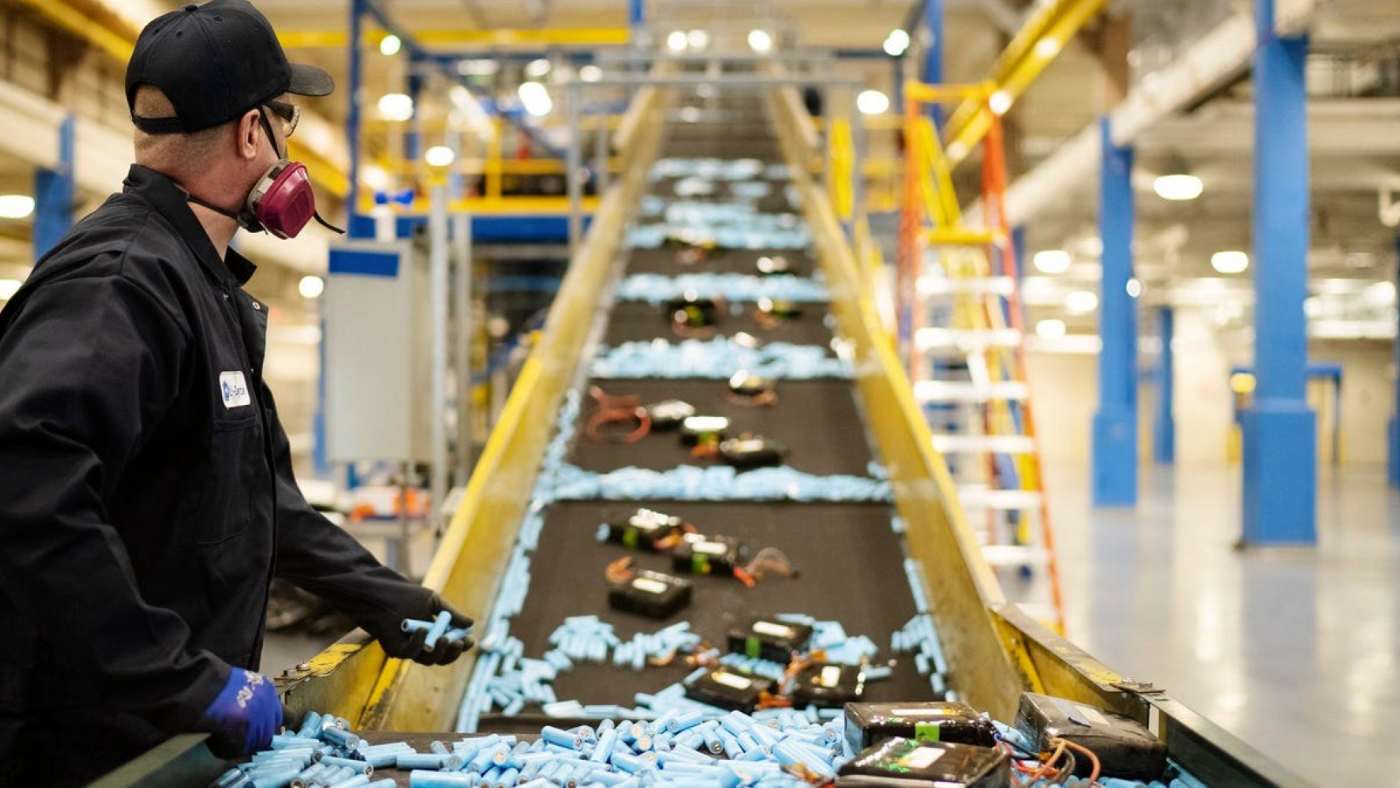World's First 3D-Printed House Made Of Local Raw Earth - And it Closes the Roof With a Dome
A Bologna-based architecture firm has used clay and 3D printers to create sustainable domed housing with little waste.

From smartphones to laptops and EVs, lithium-ion batteries are everywhere. Now a new company breaks batteries down and extracts around 95% of the valuable materials for reuse, and investments are pouring in.
Recycling plants in Canada and Rochester, New York, have the capacity to salvage tens of thousands of tons of spent batteries each year, removing waste and aiding the creation of a semi-circular battery economy.
Li-Cycle, borrowing the periodic table's call sign for Lithium, also claims their "Spoke and Hub" proprietary recycling method is cost-effective, allowing battery manufacturers to actually afford recycled material.
The batteries, no matter their size or shape, are broken down by a mechanical process that results in two lines of raw materials. The first is the line of cathode and anode waste in a black powder that consists of lithium, nickel, cobalt, graphite, copper, and aluminum. The second is scrap aluminum and copper from the insulating or conducting foils.
The black powder waste is then sent through another recovery process that yields high quality lithium carbonate of the required purity to be used as cathode precursor and production, effectively closing the loop on those grams of lithium. Cobalt and nickel sulphates are also produced.
The company is attracting big time investors looking to source for sustainable lithium and other minerals, the mining which gathers them being after all a major source of emissions, deforestation at times, and even regional conflict.
Device manufacturing giant LG is looking to deliver $50 million in investment into Li-Cycle, as well as enough lithium batteries to harvest 20,000 tons of nickel over 10 years.
Just some weeks before that, it was announced that Arrival, a manufacturer of electric buses and vans, signed an exclusive closed-loop agreement with Li-Cycle to supply batteries for their vehicles, as well as to recycle them at the end of their life to provide materials for the next generation of batteries.
RECYCLE Great Innovations; Share This Story…
Be the first to comment